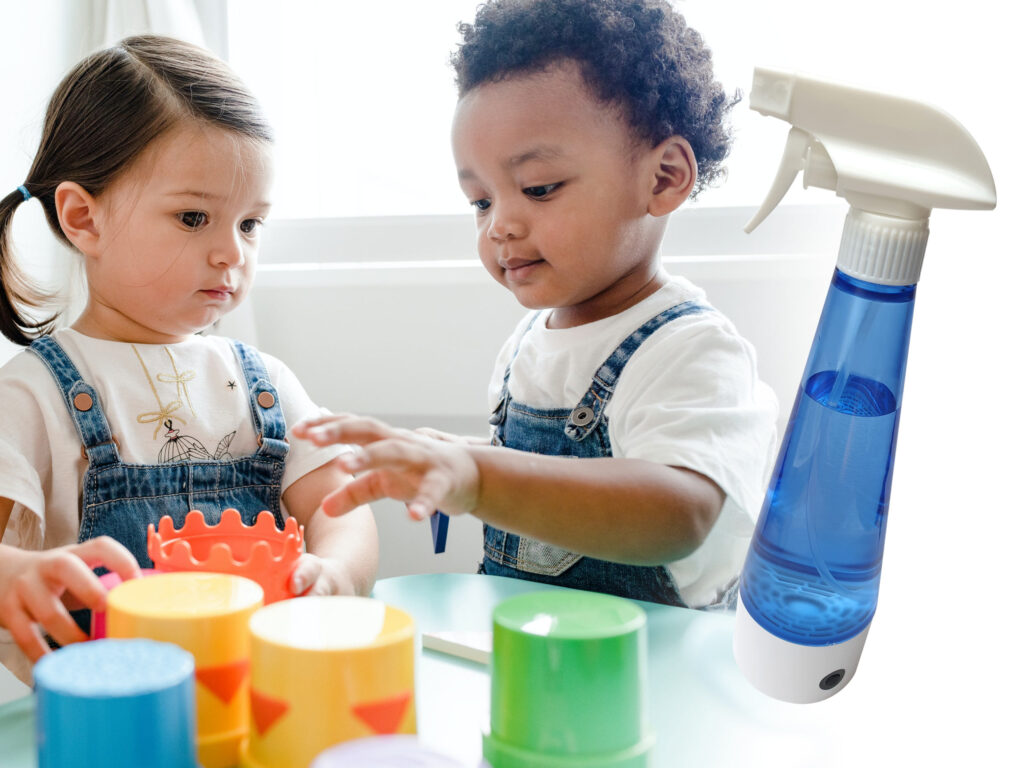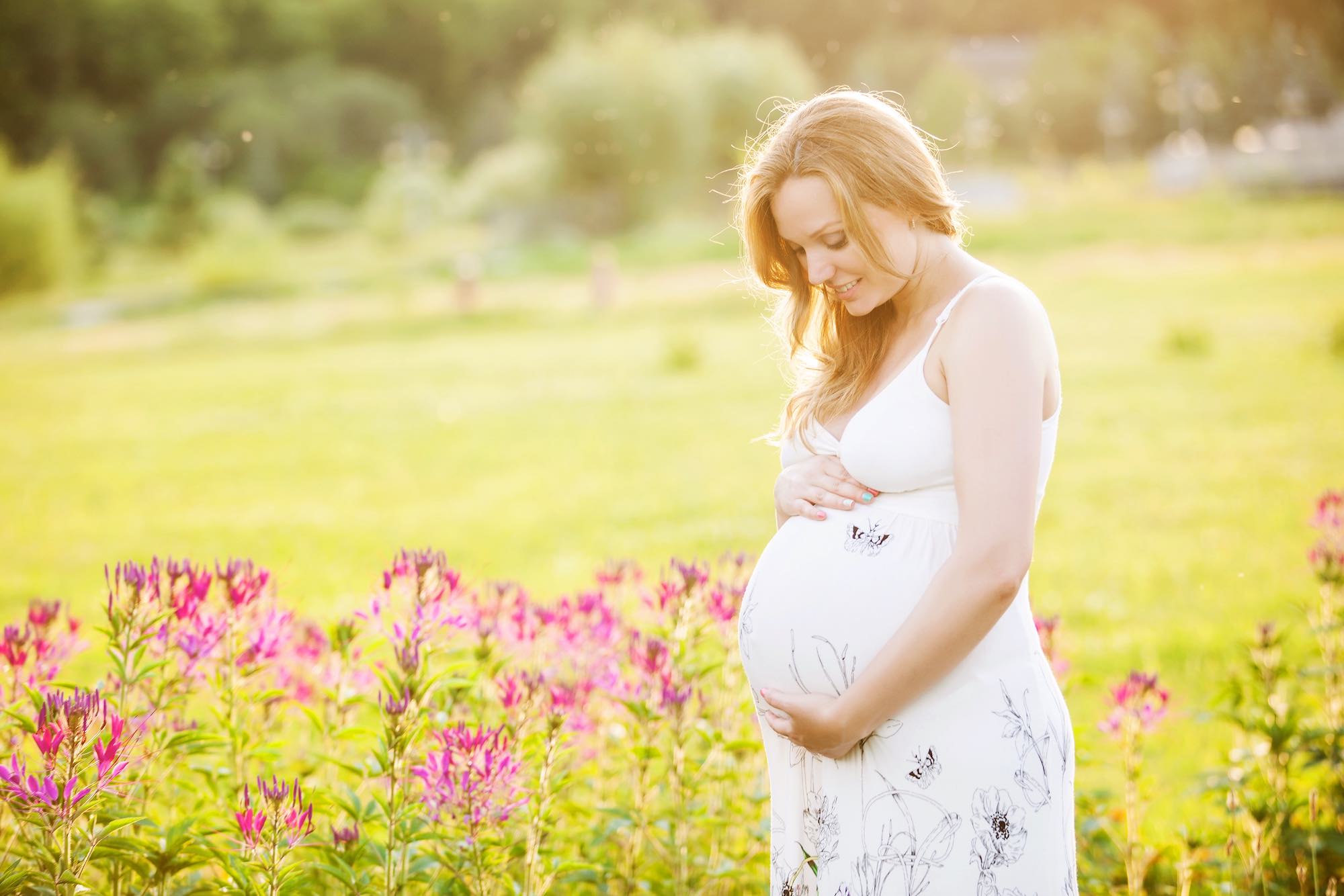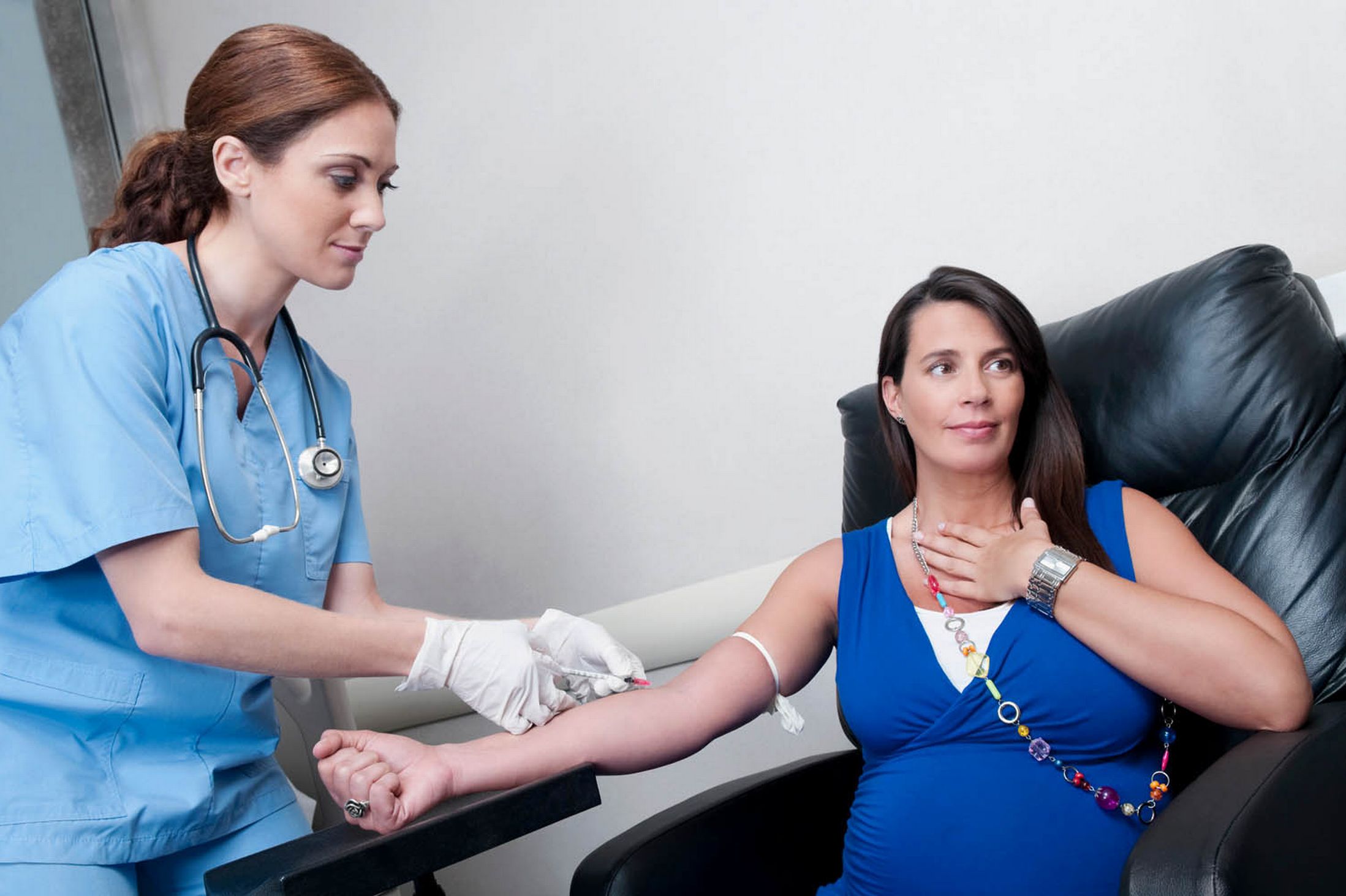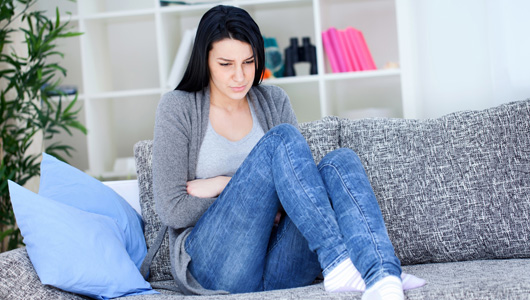Last menstrual period date:
What is Cleaning and Disinfecting?
Cleaning is indeed a practical first step to actively eliminate dirt, pests, organic waste, and most germs from all surfaces. Without thorough cleaning, we are essentially inviting all sorts of diseases and disease-bearing pests to thrive in our homes and threaten our health. Therefore it’s important to be tough on cleaning and call in pest control professionals (like https://www.pestcontrolexperts.com/local/florida/) to keep everything neat, tidy, and under control.
But cleaning has one downside. It does not always kill remaining harmful bacteria that reside mostly on surfaces. However, the method of disinfecting does kill these disease-causing germs. Before disinfection, all surfaces must be appropriately cleaned. This means that after being sprayed, germs would not get shielded from the disinfectant. Of course, you need a disinfecting solution to do this, and what better for your family’s health than an organic homemade disinfectant?
Cleaning and disinfection are essential to the health of you, your family, and everyone’s health, so let’s learn how to make a homemade disinfectant.

Are the products I am using safe for my baby and me?
If you are expecting, you need to do whatever you can to ensure the health of your unborn child. You start to undertake relaxing, sleeping, eating healthily as well as avoiding alcohol to protect your baby. Many experts insist you prevent overexposure to certain household chemicals.
Most commercially manufactured cleaning products are made with extremely hazardous chemicals that could trigger respiratory issues, skin irritations and also pollute the air in the room, which is harmful to you and your baby. However, you can create your very own homemade disinfectant spray to prevent all of this.
How do I make my homemade disinfectant spray?
You do need to be vigilant while using the cleaning and disinfecting materials as instructed. Several other disinfectants contain quaternary ammonium substances, which would cause asthma or activate it. Bleach could irritate your respiratory, skin, as well as eyes.
Disinfectants kill living organisms, so you’ll need to read the instructions on the sticker to keep you as well as your family safe. Such disinfectants need to be handled carefully.
METHOD 1 – Making Rubbing Alcohol and Hydrogen Peroxide-Based Disinfectants
Using rubbing alcohol.
Use alcohol with a level of at least 70 percent; otherwise, it will not quickly kill viruses and bacteria. Transfer some rubbing alcohol into a spray container so that it can be rapidly spread to any surface.
- Such methods work very well against coronavirus.
- Please avoid diluting your rubbing alcohol because it won’t be potent enough to kill the bacteria.
Make your herbal rubbing alcohol spray.
Inside an 8-ounce glass spray bottle, add about 10 to 30 drops containing thyme or any other essential oil if you like. Then fill in the remaining spray with rubbing alcohol with an alcohol content of at least 70 percent. You can store it in a cupboard or perhaps a pantry.
- A good idea to use this kind of cleaner for the novel coronavirus.
Use a vinegar and hydrogen peroxide combination.
Vinegar and hydrogen peroxide collaborate well enough to disinfect, but they really should not be incorporated in a container since they produce a toxic peracetic acid. Instead, apply undiluted white vinegar towards one spray bottle as well as an extra 3 percent hydrogen peroxide.
- This cleaner cannot be used to combat coronavirus.
- Clean the surface, spray this with your mixture, let everything sit for around five minutes, and wipe this with a clean towel, and further spray it with another one. Let everything sit for at least five minutes, and rub it with a clean cloth.
- You can use either vinegar or rubbing alcohol. It won’t make any difference.

METHOD 2 – Making Vinegar-Based Disinfectants
Making a vinegar-based homemade disinfectant spray.
Apply one portion with water, another part with vinegar, then about five to15 drops of 100 percent essential oil in a spray bottle. You can choose any essential oil you desire, or perhaps even modify the fragrance according to which room you’re cleaning in.
- Vinegar-based disinfectants, against the novel coronavirus, won’t work towards disinfecting viral surfaces.
- Traditionally, essential lemon oil has been used to clean kitchens, since the lemon fragrance could eliminate powerful cooking odors.
- Tea tree, as well as, eucalyptus oil is ideal for eliminating bad smells from bathrooms.
- It is preferred to make use of milder scented essential oils like chamomile and maybe vanilla throughout the areas of your homes where you worry less about eliminating some odors.
- Essential oils could react to plastic, so a glass spray bottle is recommended.
Make disinfectant wipes.
If you prefer to make disinfectant wipes rather than a spray, try the very same method like you’re making a vinegar spray, except instead of pouring the ingredients into something like a spray bottle, place it inside a big glass jar and then mix. In ten-inch squares, slice 15 to 20 pieces of fabric, you then put it inside the cleaner jar.
- These wipes don’t disinfect co-contaminated surfaces
- Place your cloth on the inside of the glass container and submerge them, then soak your cleaner up. And after that, put the lid over the top of the box and stack the wipes in something like a pantry or cupboard.
- Take out the whole wipe and squeeze this out to remove excess cleaner and then use it to wipe clean the surfaces.
Make vinegar and baking soda homemade disinfectant spray.
- Put four cups of hot water, 1⁄4 cup white vinegar, then two spoons of baking soda inside a small bowl or a pan. Blend till the baking soda dissolves, from there halve a lemon, and then squeeze both the halves into the mixture. Throw all lemon rinds right into the mix, then let it sit till it cools down.
- Vinegar, as well as baking soda, doesn’t work against COVID-19.
- When refrigerated, add in four drops of essential lemon oil or any essential oil of your choosing. For removal of any pulp, seeds, or even rind, strain your mixture with a fine sieve, and after that, pour your mixture into the spray bottle.

METHOD 3 – Using the Homemade Disinfectant Spray
Clean your surface.
Disinfecting somehow doesn’t clean the area nor remove the dirt or any other residue. Therefore it is necessary to clean every surface thoroughly before disinfecting if you are trying to stop toxic chemicals, clean with something like an organic or natural cleaner.
Shake your homemade disinfectant spray.
Shake your mixture well enough to ensure most of the ingredients are blended, so the spray becomes effective.
Spray surface well with homemade disinfectant spray.
Keep your natural disinfectant spray at arm’s length from the surface to disinfect properly. Spray all the surfaces when you are trying to disinfect more than one cover.
Let it sit for 10 minutes.
Sit tight for about ten minutes so the disinfectant can sit and stick more securely to kill the germs.
Wipe with a microfiber cloth.
Wipe off all the disinfected surfaces with a microfibre cloth after ten minutes. When you have disinfected numerous surfaces inside your kitchen or bathroom, use another separate cloth to prevent contamination from each surface.
My content






